The activities of modern enterprises are carried out in the face of continuous challenges from the outside world. Fierce competition in the production and service market requires the use of the most advanced working methods. Methods, procedures and approaches that allow you to quickly respond to new environmental factors, in recent years, began to refer to the means of logistics. We will talk below about what logistics is, what are its main types and features of use, what the logistics department at the enterprise does.
What does logistics mean?
The first mention of this term refers to Ancient Greece, where the positions of logisticians belonged to the highest administrative leadership of cities, and the term itself was determined by the art of mathematical calculations. During the Roman Empire, the activities of logisticians were associated with the distribution of food. In the twentieth century, this field of activity was most developed during the war of 1941-1945, when, thanks to progressive forms of material and technical support for the troops, timely deliveries of products, ammunition, weapons and equipment were organized. In addition, the container transport method was first used.

Nowadays
Logistics actively developed in the second half of the 20th century, when a sharp deterioration in the economy on a transnational scale required the development of new approaches to its stabilization. It is logical that logistics as a coordinating set of approaches to logistics, production, distribution, transportation, infrastructure and communications has attracted the attention of world experts.
For decades, the principle of “autonomy” remained a feature of traditional enterprises, in which each element of the production system (services, buildings, workshops, sections) had a certain isolation in its work. This led to a decrease in management efficiency and required additional efforts and resources for the composition of their activities, leading to a common goal. Depending on the type of production, volume and scale of the production structure, losses could be expressed in significant numbers.
The novelty of the logistic approach was the integration of various subsystems of industrial enterprises into a common system with end-to-end management. At the same time, the risks of traditional discrete control were reduced. The overall objective was ensured by end-to-end monitoring based on similar principles.
What are the logistics
The scope began to define various logistics:
- Purchasing - control of flows in the process of providing the enterprise with material resources.
- Stock - management throughout the supply chain.
- Warehousing - management of the movement of material resources on the territory of the warehouse.
- Distribution - ensuring the efficient distribution of finished products or components purchased by the enterprise.
- Transport - managing the movement of material objects in production (finished products, components, etc.) from one part of production (workshop, site) to another along the optimal route.
- Production - the management of processes that relate to the manufacture or repair of products.
- Information - control of data associated with the material flow, providing processing of logistic information.
- Financial - managing the money supply involved in organizing the logistics system.
Later, the increased complexity of managing various flows required the creation of separate structures for the rational distribution of logistic functions. So there is a new structural unit - the logistics department.

What does the logistics department in the organization do
To systematize the logistics processes in everyday activities, many enterprises create independent services - logistics departments. They can both obey the head of the enterprise, and carry out their policy on outsourcing procedures, providing a certain independence and transparency of processes. The service should perform the function of end-to-end integrated material management. The purpose of such a reorganization of enterprises is to optimize costs at the stages of procurement, production, distribution and improving the quality of customer service.
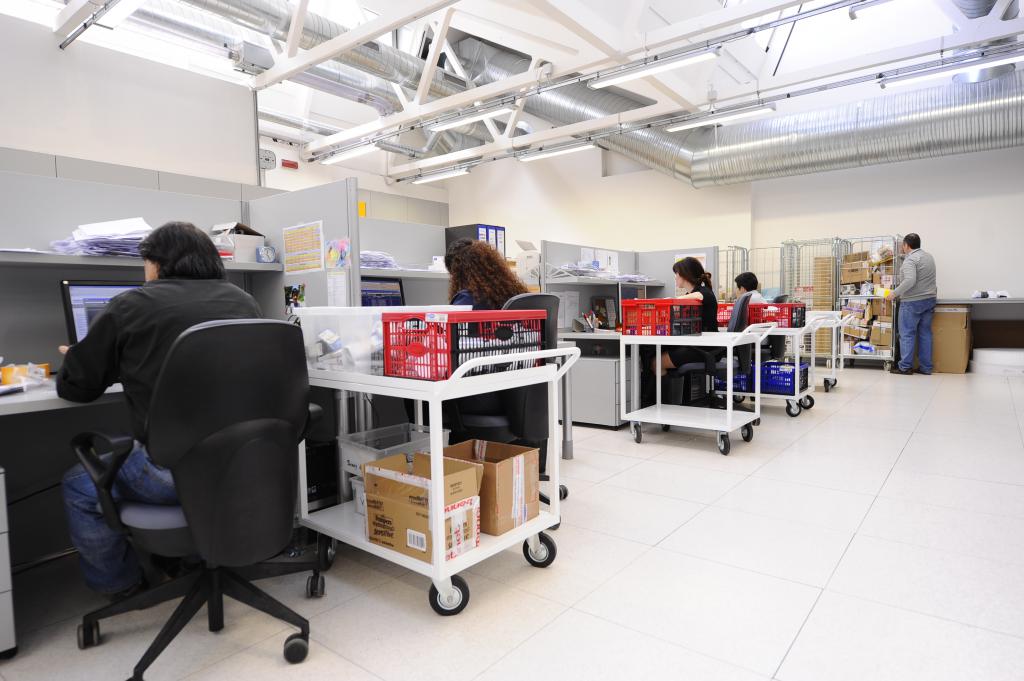
The main tasks of the logistics service
To understand what the logistics department is doing, you need to consider the range of necessary tasks that the department faces.
The following key positions can be distinguished:
- Formation, development and continuous improvement of the logistics system.
- Development of a business strategy based on logistic principles.
- External and internal integration of the enterprise in order to increase the efficiency of flow structures.
- Operational management of material and other flows.
- Continuous reengineering of processes.
To create an effective management service, the necessary task is to increase the productivity of the organizational structure of the department. To achieve these goals and understand what the logistics department does, you can use the following steps:
- Define the strategic objectives of the service.
- Develop a detailed mechanism for the acquisition and use of resources.
- Conduct market analysis and determine its performance.
- Choose a communication mechanism.
- Define decision-making procedures by the department head.
- Improve the degree of organizational adaptation.
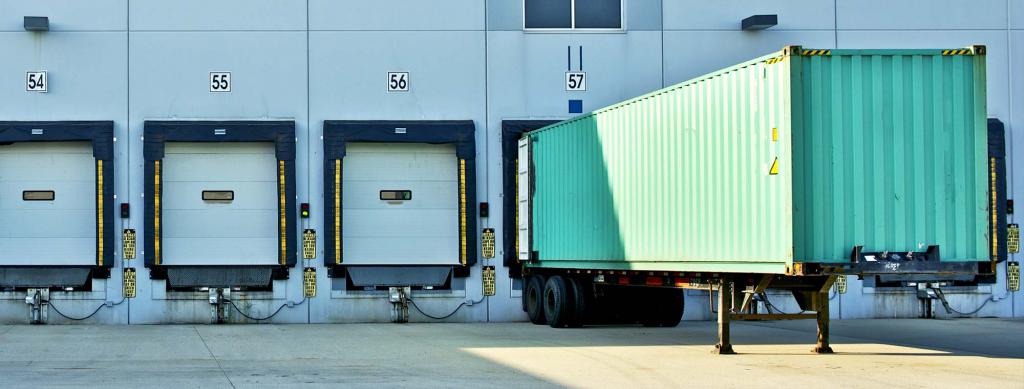
Logistic processes
In their focus, processes are divided into external and internal.
Internal logistics deals with production management and its provision with various types of resources. Mapping of production operations, the introduction of a system of universal control over equipment (TRM) and quick equipment changeover (SMED), improving the organizational level of workshops and sections (5S), and the use of in-line production are far from a complete list of production logistics methods. Rational distribution of resources is based on the common systems Kanban, MRP and MRP-II, "OTP", the main task of which is the planning and subsequent control of production resources. Studying these approaches will enable an aspiring researcher to understand in detail what the logistics department is doing.
External logistics combines various functions in terms of storage, distribution and delivery of orders to the consumer.
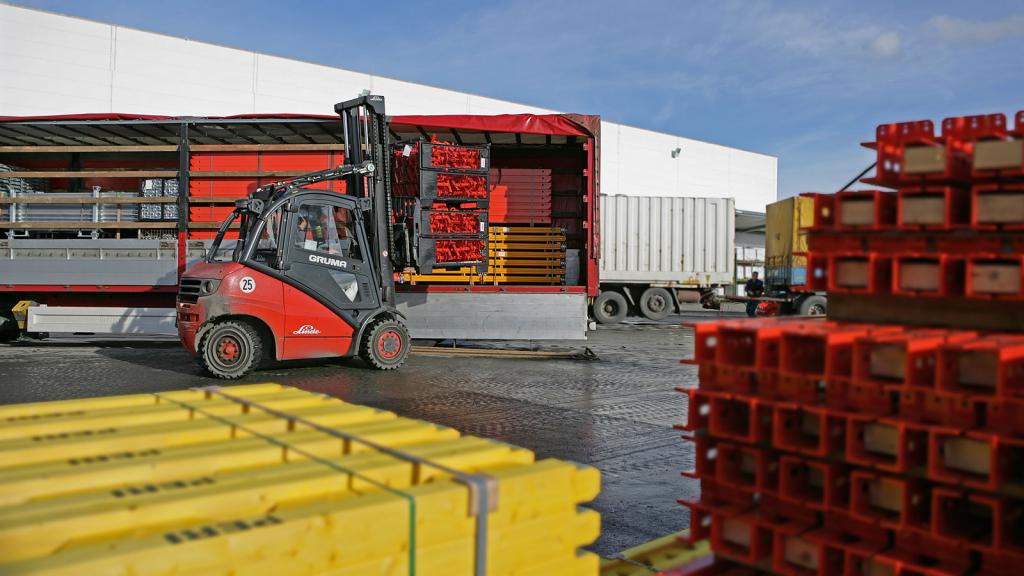
Logistics Department Structure
The range of production tasks to be decided determines whether it is advisable to divide the department into several working groups or to arrange them on the basis of the design structure.
Then the answer to the question of what the logistics department is doing will be contained in those specific functions that are carried out within the framework of various projects.
An approximate functional for different groups is given below.
Department of procurement of materials and spare parts:
- Procurement management.
- Warehouse operations.
Production Logistics Department:
- Production planning based on operational, current and future plans.
- Coordination of technological processes.
- Implementation of advanced production logistics methods.
Inventory Management Department:
- Audit and control of stocks.
- Reporting on current activities and forecasting the range of products.
- Development and application of advanced inventory management methods.
Department of control and distribution of finished orders:
- Advertising activity.
- Placement of orders for finished products or services.
- Development of optimal supply schemes for customers.
- Customer Service.
The responsibilities of the logistics department will also include improving the technological stages of processing material flows, complex mechanization (automation) of processes, etc.
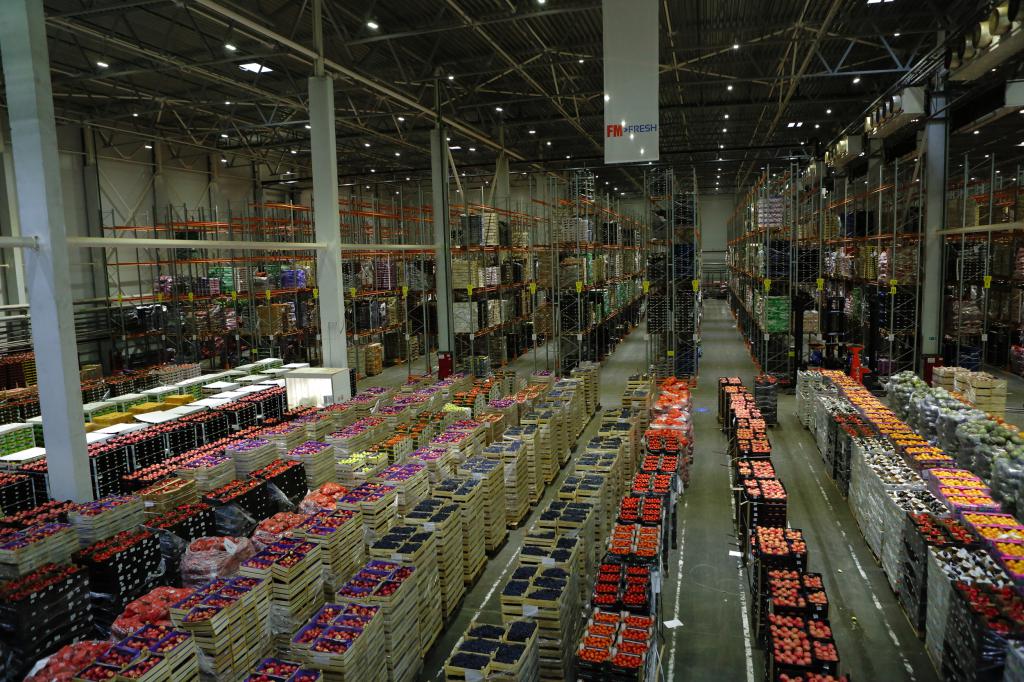
Service Organization Hierarchy
The job hierarchy in the service depends on the tasks that the logistics department deals with and the indicators of the enterprise itself (scale of production, specifics of activity). An approximate staff may look like this:
- Head of department - can combine their functions with the head of the transport department. The main responsibilities are monitoring the implementation of the overall service strategy.
- Deputy chiefs are heads of system units (procurement, inventory management and others). They monitor the implementation of tactical and operational tasks.
- The main staff of specialists - technologists, dispatching apparatus, logistics for transportation, distribution, after-sales service, economists, etc.
- Additional workers - adjusters, technicians, cleaners.
Storage facilities
Consider, for example, what the warehouse logistics department does.
The main tasks that the logisticians of this department should solve are as follows:
- Calculation of technical and economic parameters of the warehouse environment (useful area of the warehouse, the required number of lifting equipment and a rational scheme of its operation, rational use of the area and volume of the warehouse), reduction of storage cycles.
- Adapting assortment to consumer expectations in order to fulfill orders.
- Development of the most rational layouts, which ensures uninterrupted operation of various technological processes.
- Application of progressive management models.
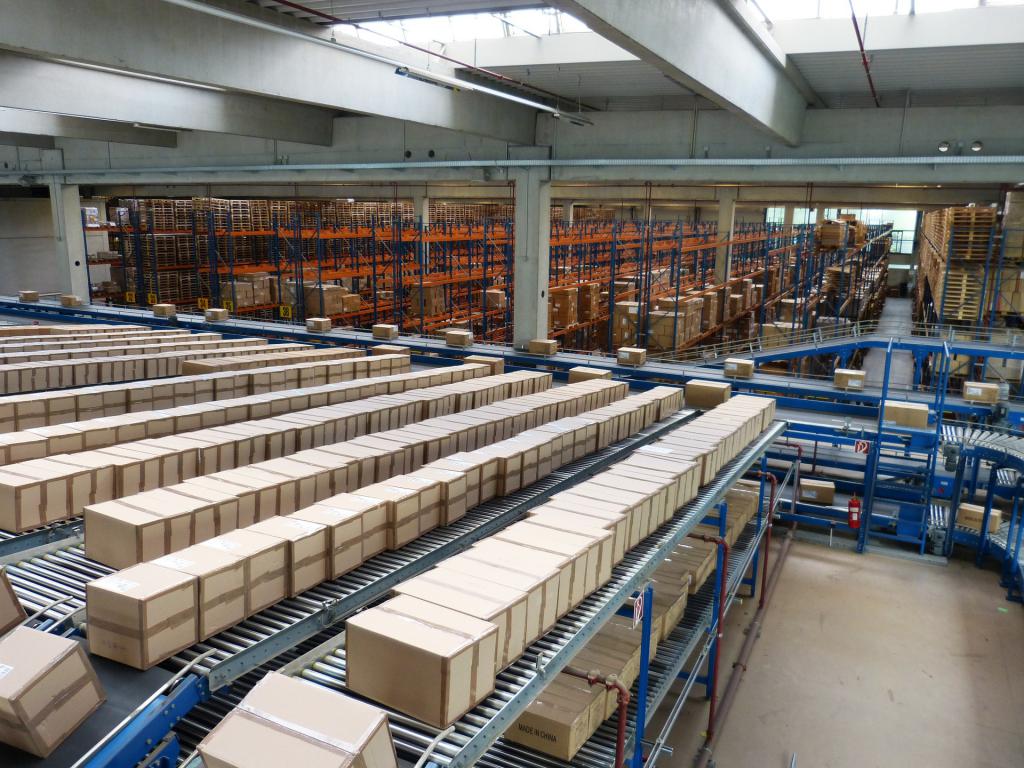
Job description
Effective management of material flows of the enterprise is possible when using all the reserves of managerial personnel. For this purpose, the job description of the logistics department is being developed. It indicates the functions, capabilities, responsibilities and responsibilities of managers and employees of various ranks. The instruction of the logistics department, as a rule, includes answers to such questions:
- What a specialist should know.
- What is obliged to fulfill.
- What is entitled to.
- What is responsible for.
The instruction of the logistics department will be drawn up in the accepted form for such documents.
Finally
Creating a new management structure is a rather complex and time-consuming task. It will take a long time to synchronize the received service with the existing ones, work out the responsibilities of the logistics department in order to avoid duplication of managerial functions and gradually reach an effective level of work. However, in conditions of constant fluctuations in the international economic course, such changes become extremely relevant for any enterprises and organizations.
